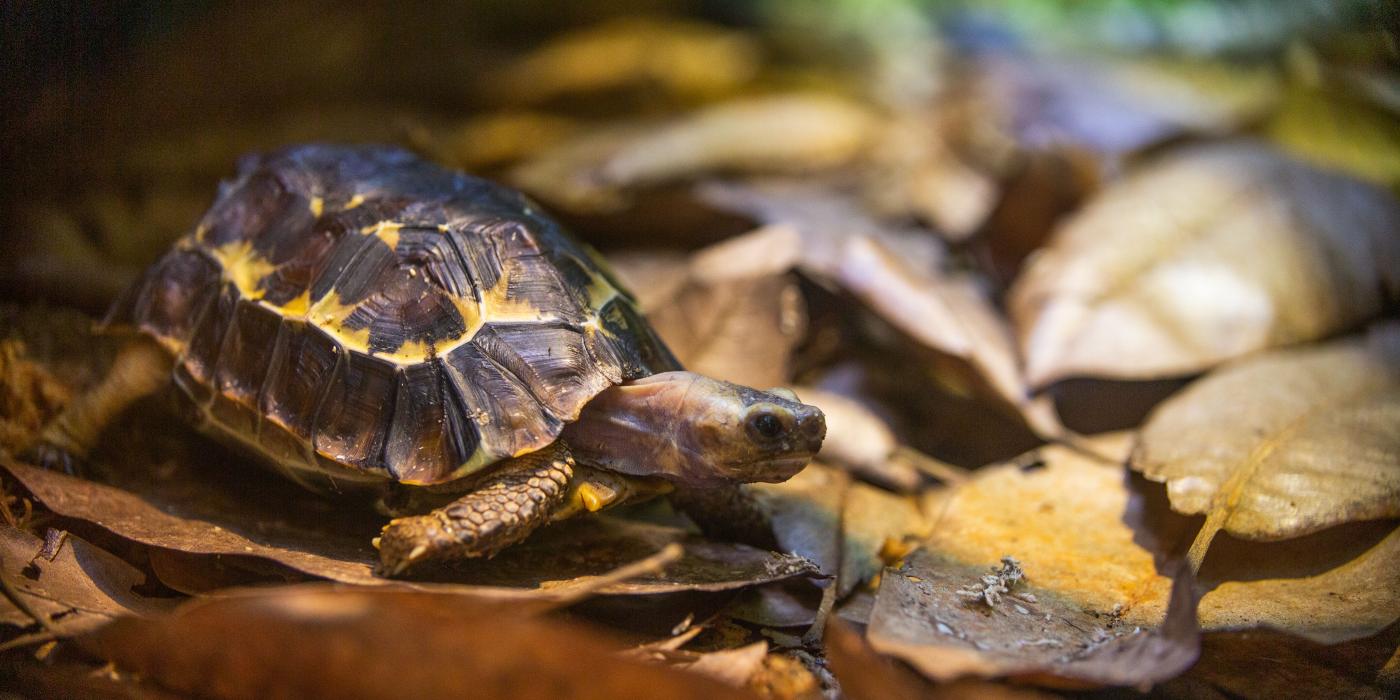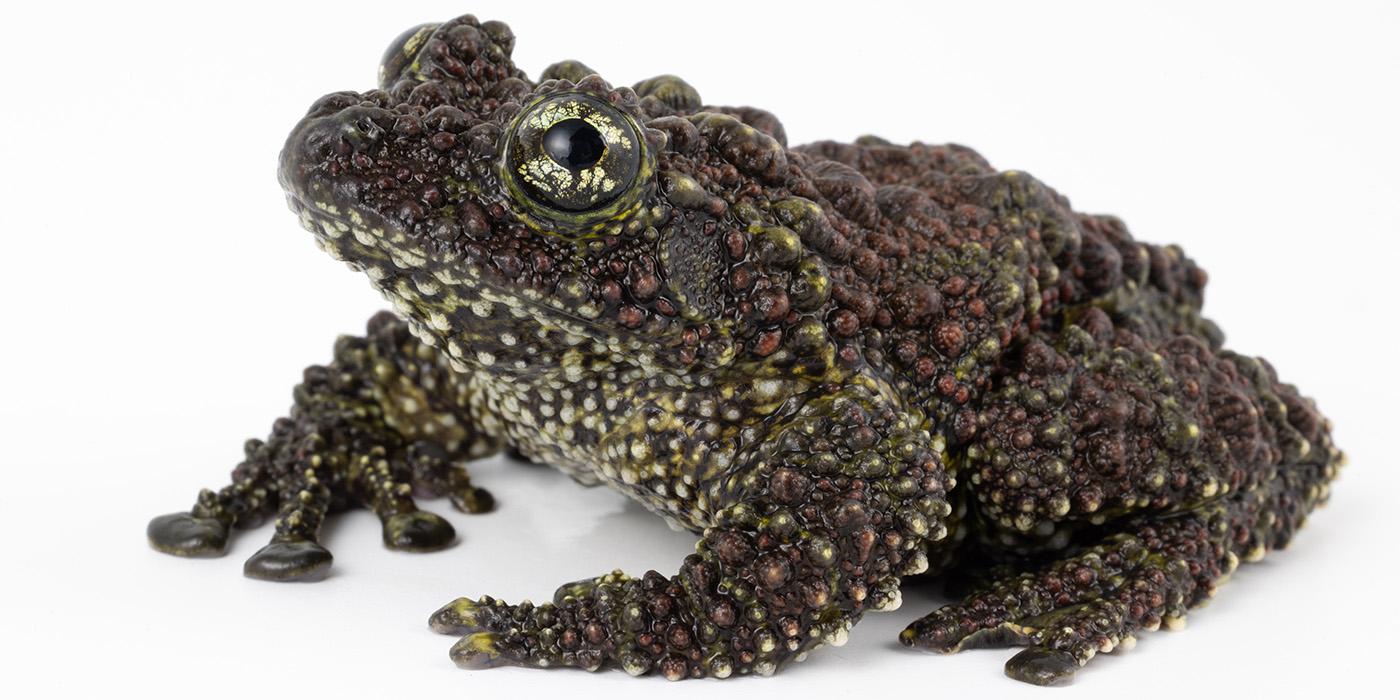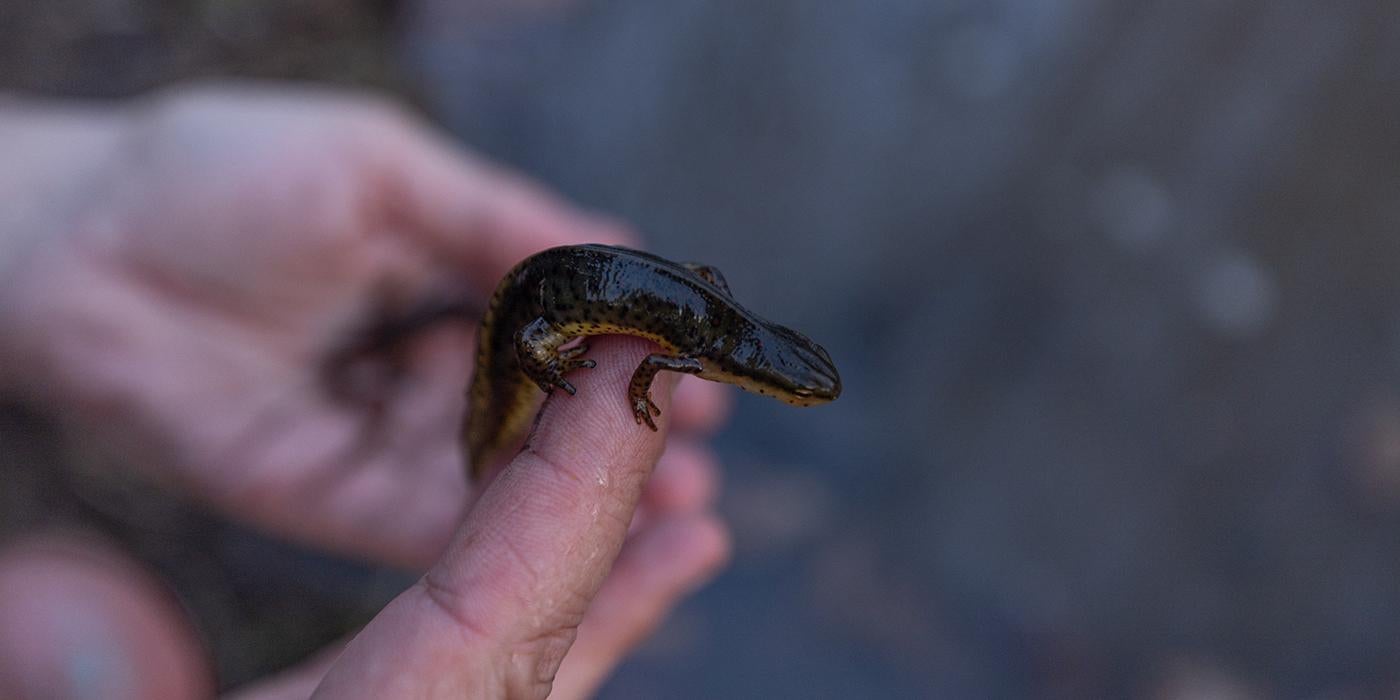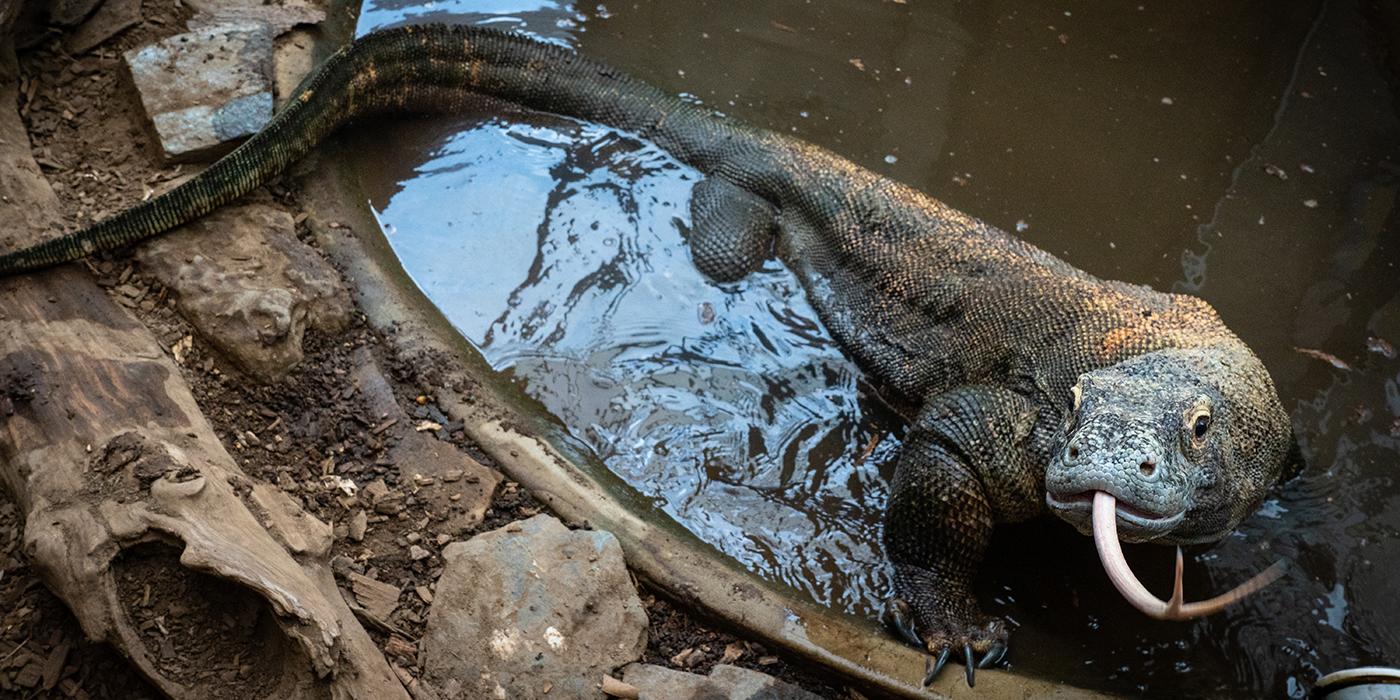New at the Zoo: Home’s Hinge-back Tortoises
Three new Home’s hinge-back tortoises recently made their debut at the Reptile Discovery Center! Get the scoop on these totally awesome tortoises from animal keeper Sara Hasenstab.
What makes hinge-back tortoises unique?
Their shells! The carapace—the top part of the shell—has a hinge that allows the tortoise to close itself completely into its shell for protection. This feature also comes in handy when it is time for a female to open her shell and lay her eggs, which are relatively large. Another unique characteristic of the shell is its shape, which slopes downward towards the tortoise’s head and helps funnel water towards its mouth.
What do they eat?
These tortoises can be picky eaters! Of all the terrestrial chelonians, Home’s hinge-back tortoises are the most carnivorous. Most of their diet in the wild consists of invertebrates, mushrooms and fruit. That is very different from other tortoises, which mostly eat grasses and other greens.
At the Zoo, they receive a 50-50 ratio of plant and animal matter to eat. On any given day, keepers will rotate between foods high in protein, including earthworms, mealworms, crickets, snails and fish. We also offer them a salad mix made up of greens, vegetables, fruits, mushrooms and a supplement specifically made for tortoises.
If we gave them all of their food options at once, they would only eat their favorite items and leave the rest! To ensure they are getting a balanced diet, we spread out the items they receive. We dish out salads on Monday, Wednesday and Friday mornings. Invertebrate prey is typically fed out in the late afternoon, but the day of the week and time are at keepers’ discretion.
How do they spend their day?
In the heat of the day, hinge-back tortoises will burrow under leaf litter on the forest floor to stay cool. We provide them with plants, logs, magnolia leaves and other natural enrichment so that they have the option of exhibiting that behavior. They will occasionally come out for a soak in their pool, too.
Related Species:




